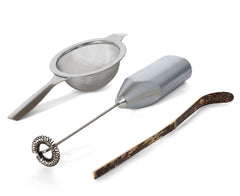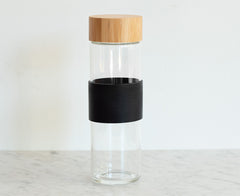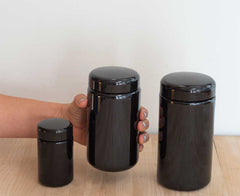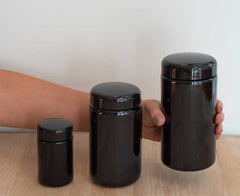Flavanol database for green and black teas utilising ISO 14502-1 and ISO 14502-2 as analytical tools
Author: Jacek Obuchowicz and Ulrich H. Engelhardt and Katie Donnelly
A worldwide data collection was undertaken using the validated ISO methods ISO 14502 parts 1 and 2, with 17 laboratories participating worldwide. This is the largest tea database worldwide, containing 295 black- and 358 green-origin teas. We found it quite easy to differentiate most green and black teas by the type of analysis presented in this study. The geographic spread gave a good representation of the vast majority of the producing countries. The production figures of the countries and the proportion of teas in the database are very similar. There are only a few origins which are not easy to differentiate, e.g. Darjeeling samples fall into the area of green teas. Other types of tea, e.g. Oolong or white teas, are currently not in the database. In the future other standardized methods for tea phenolics, such as theaflavins or flavonol glycosides, might become available. Additional data will certainly contribute to an even more robust discrimination between the types of tea.



